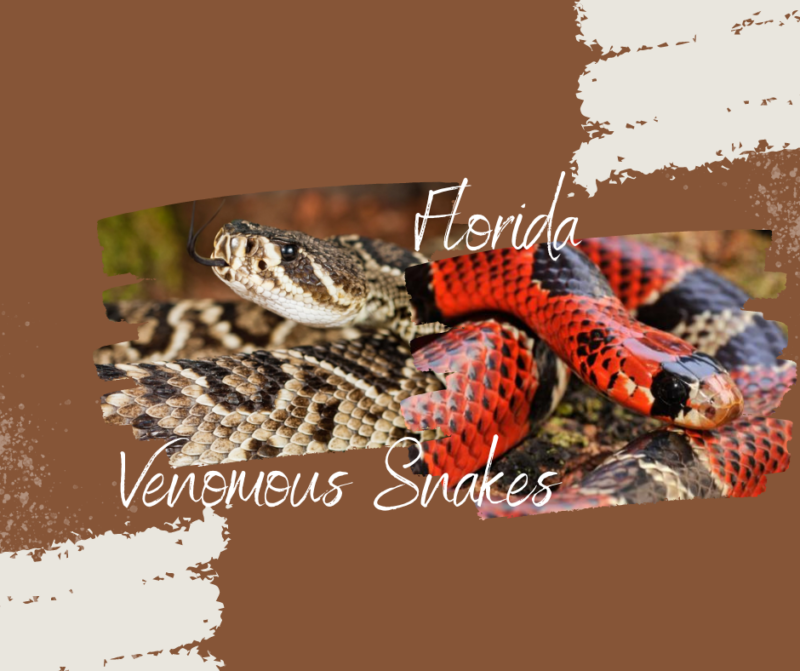In the vast fields of the Florida Everglades, I found myself eye-to-eye with a Cottonmouth. As a seasoned zoologist, I know that the seemingly calm serpents around us carry deadly venom. Yet, as the snake slithered away into the tall grass, I realized that understanding these creatures and their venomous potential is an important part of appreciating Florida’s rich and diverse ecosystem.
In this blog post, I will take you on a journey into the world of the six most venomous snakes that make their home in Florida. Each serpent is an essential component of Florida’s complex and beautiful environment. Here we go, treading carefully and learning with respect for these oft-misunderstood creatures.
1. Eastern Diamondback Rattlesnake (Crotalus adamanteus)
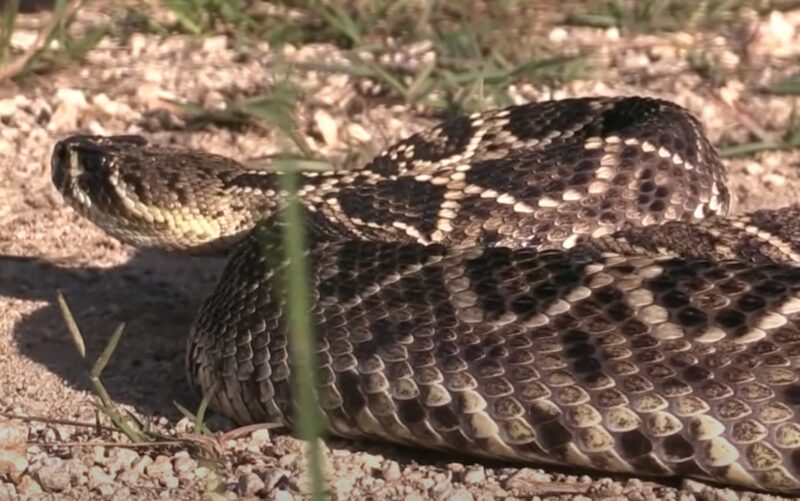
The Eastern Diamondback Rattlesnake is North America’s largest venomous snake, capable of reaching lengths of up to 8 feet. This serpent is easily identified by the characteristic diamond pattern on its back and, of course, its notorious rattle.
Diamondbacks are ambush predators that use their potent venom to immobilize and digest their prey. Their venom, a complex mixture of enzymes and proteins, is incredibly lethal. Though they prefer to avoid human encounters, when threatened, they can deliver a powerful bite capable of causing severe injury or even death.
2. Cottonmouth or Water Moccasin (Agkistrodon piscivorus)
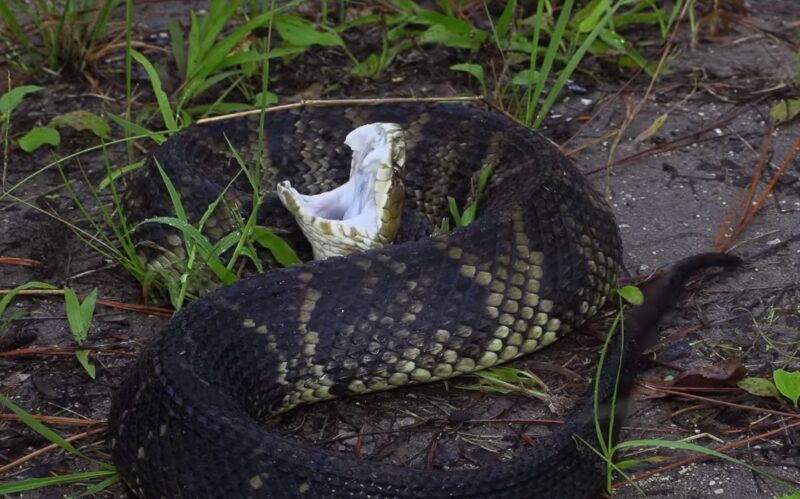
The serpent I encountered in the Everglades, the Cottonmouth, also known as the Water Moccasin, is a semi-aquatic viper. Its name is derived from its defensive habit of opening its mouth wide, displaying the white interior when threatened.
Cottonmouths are equipped with venom potent enough to quickly immobilize their prey, including fish and amphibians. This serpent plays an important role in controlling the populations of its prey species, and while bites on humans are rare, they can be serious if not treated promptly.
3. Dusky Pygmy Rattlesnake (Sistrurus miliarius barbouri)
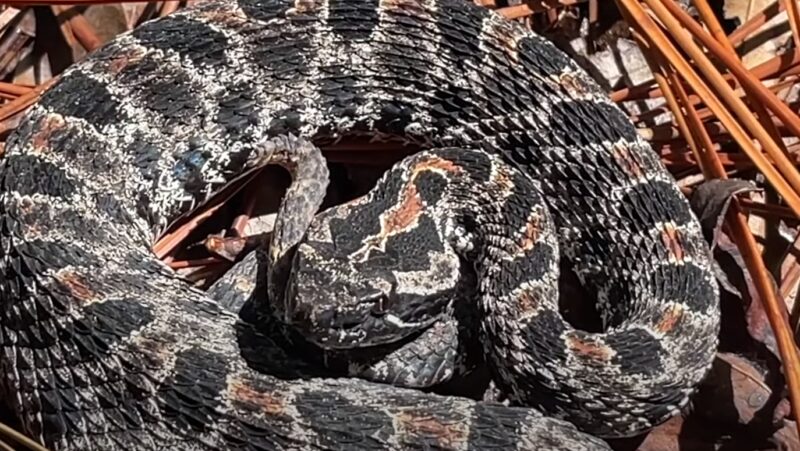
As the name suggests, the Dusky Pygmy Rattlesnake is a small serpent with a potent bite. It’s most active in the summer, during the daytime, which increases its chances of encounters with humans.
Despite its small size, the venom of the Dusky Pygmy Rattlesnake is nothing to scoff at. Although fatalities from its bite are rare, the venom can cause severe pain and significant swelling, warranting immediate medical attention.
4. Eastern Coral Snake (Micrurus fulvius)
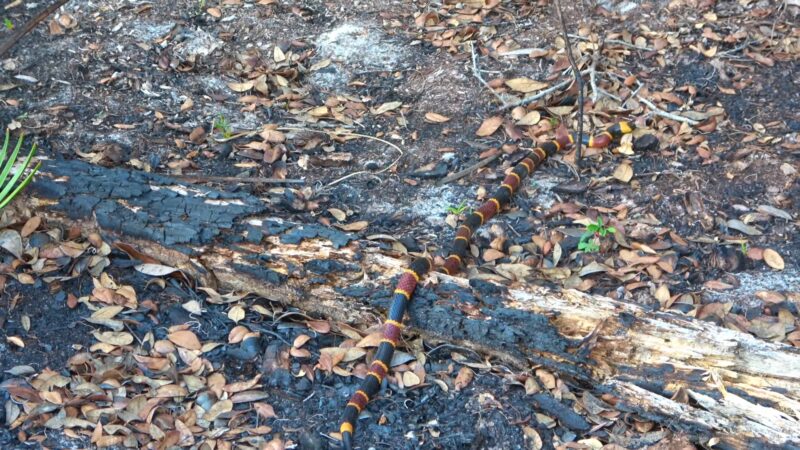
Adorned with bright red, yellow, and black bands, the Eastern Coral Snake is one of Florida’s most beautiful – and venomous – serpents. While they are shy and will typically flee from humans, their venom is highly potent.
Eastern Coral Snake venom is neurotoxic, affecting the nervous system and causing paralysis if left untreated. Antivenom is available, but bites are rare due to the serpent’s elusive nature and preference for burrowing.
5. Southern Copperhead (Agkistrodon contortrix contortrix)
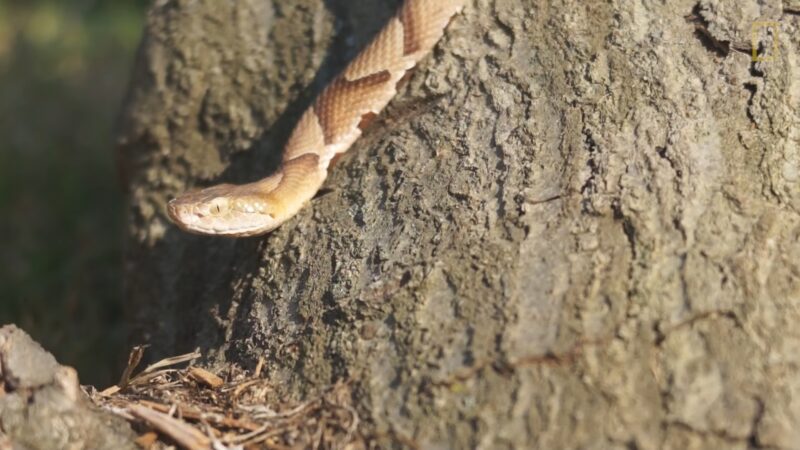
The Southern Copperhead is a venomous pit viper species found in the southeastern United States, including Florida. It’s identified by its copper-red head and the hourglass-shaped bands along its body.
The Southern Copperhead is an ambush predator, lying in wait for small rodents or birds before striking. While its venom is not as potent as some of the other serpents on this list, it can still cause significant discomfort and medical complications, requiring immediate treatment.
6. Florida Cottonmouth (Agkistrodon conanti)
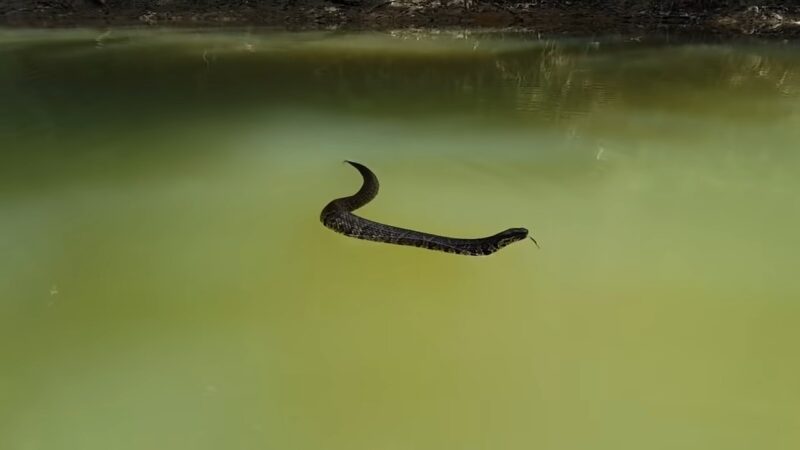
The Florida Cottonmouth, a close relative of the Cottonmouth I met in the Everglades, is unique to Florida. Like its cousin, it’s semi-aquatic and bears a similar threat display with its namesake white mouth.
The Florida Cottonmouth’s venom is hemotoxic, affecting blood clotting and causing tissue damage. Although its bites can be severe, fatalities are extremely rare, especially with prompt medical treatment.
Impacts of Venomous Snakes on the Florida Ecosystem
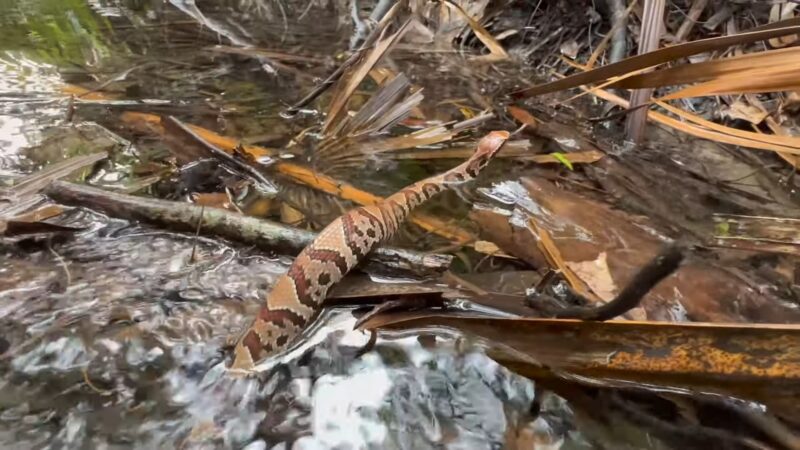
Ecosystem Balance
Venomous snakes play a pivotal role in maintaining the balance of the ecosystem. They control the population of their prey, preventing overpopulation and the subsequent strain on resources.
- Pest Control: Snakes like the Eastern Diamondback Rattlesnake and the Southern Copperhead feed on rodents. By controlling rodent populations, they help to limit the spread of diseases these animals can carry.
- Food Source: Conversely, these venomous serpents also serve as a food source for larger predators such as birds of prey, contributing to the delicate balance of the food chain.
Biodiversity Indicators
Venomous snakes are excellent indicators of environmental health. Their presence or absence can provide valuable insight into the biodiversity of an area.
- Habitat Health: Snakes require specific habitats to survive. The presence of a diverse range of species indicates a healthy, varied habitat.
- Prey Populations: The health and size of venomous snake populations can also indicate the state of their prey populations, offering further insight into the overall ecosystem balance.
Conserving Venomous Snakes: The Path Forward
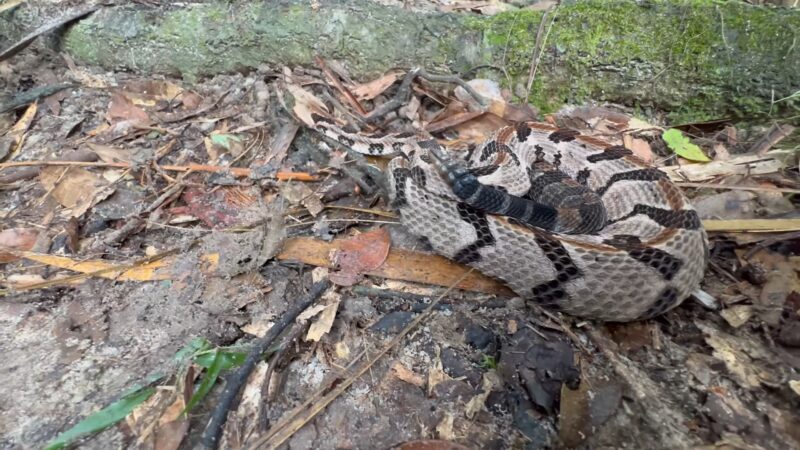
Conservation Challenges
Despite their crucial roles in the ecosystem, many venomous snakes in Florida face significant threats, primarily from habitat destruction and human conflict.
- Habitat Loss: Urban development, agricultural practices, and climate change all contribute to the loss of suitable habitats for these serpents. This leads to decreased populations and increased encounters with humans.
- Human Conflict: Misunderstandings and fear often result in the unnecessary killing of snakes. Education is vital to counter these attitudes and promote coexistence.
Towards a Sustainable Future
Adopting conservation strategies and promoting public education about these incredible creatures can help to ensure their survival.
- Habitat Conservation: Protecting natural habitats and creating sanctuaries can provide safe spaces for snakes to thrive. Responsible land-use practices can also help to preserve snake populations.
- Public Education: Providing accurate information about venomous snakes, their role in the ecosystem, and the appropriate response to serpent encounters can help to dispel fear and promote coexistence.
Appreciating Our Slithery Neighbors
Living with venomous snakes might seem daunting, but these creatures are an integral part of Florida’s natural heritage. They’re remarkable survivors, evolved over millions of years, who contribute significantly to the balance of our ecosystems. By understanding and respecting them, we can contribute to their conservation and continue to enjoy the rich biodiversity they represent.
Let us finish off with a few essential tips for living harmoniously with these fascinating creatures:
- Always give snakes plenty of space and avoid handling them.
- Educate yourself and others about the vital roles snakes play in our environment.
- Participate in conservation efforts to preserve natural habitats.
By doing so, we are not just protecting these snakes, but also preserving the intricate and beautiful balance of nature that sustains us all. After all, we share this planet, and every species—venomous or not—has its unique place and role.
Final Words
The venomous snakes of Florida play vital roles in their ecosystems. They’re crucial for maintaining biodiversity and balance in these habitats. Our understanding and respect for these animals contribute to the conservation of Florida’s rich and diverse ecosystem. So, the next time you step foot into the Floridian wild, remember, you’re treading on the grounds of some of nature’s most exquisite, venomous architects. But fear not, for knowledge dispels fear, replacing it with awe and respect.


